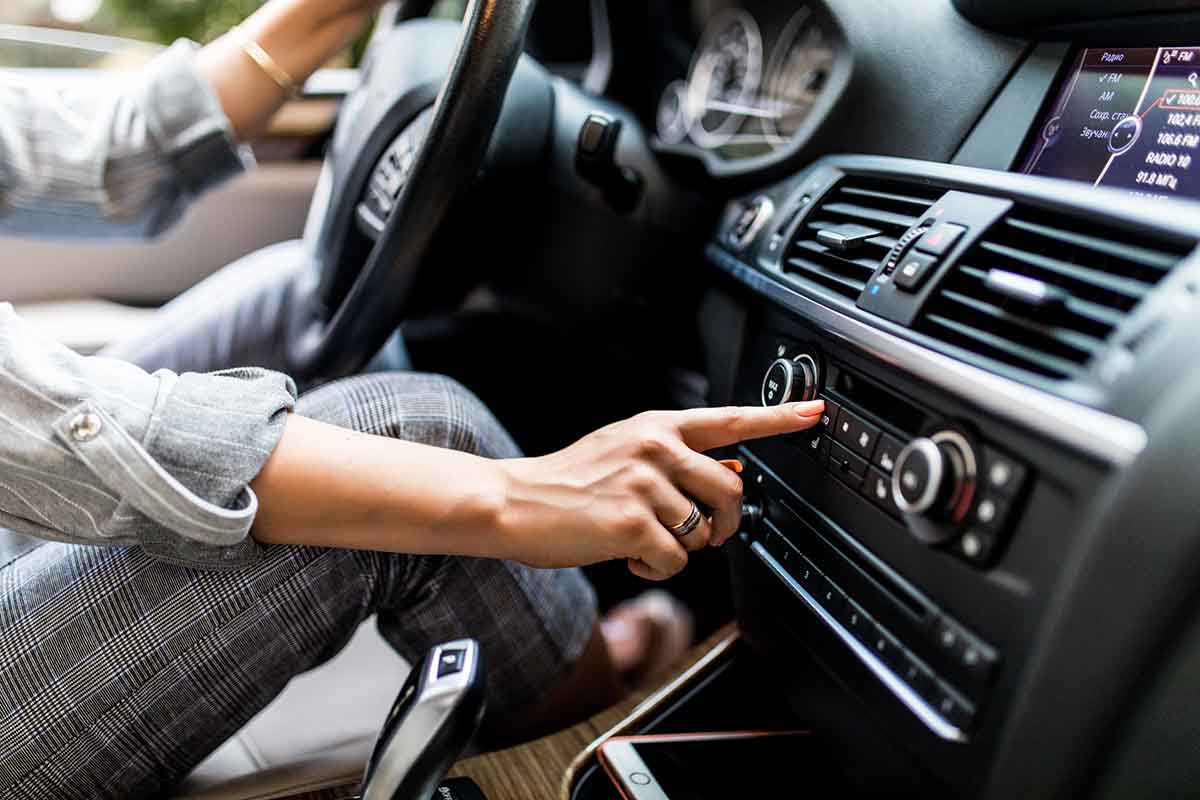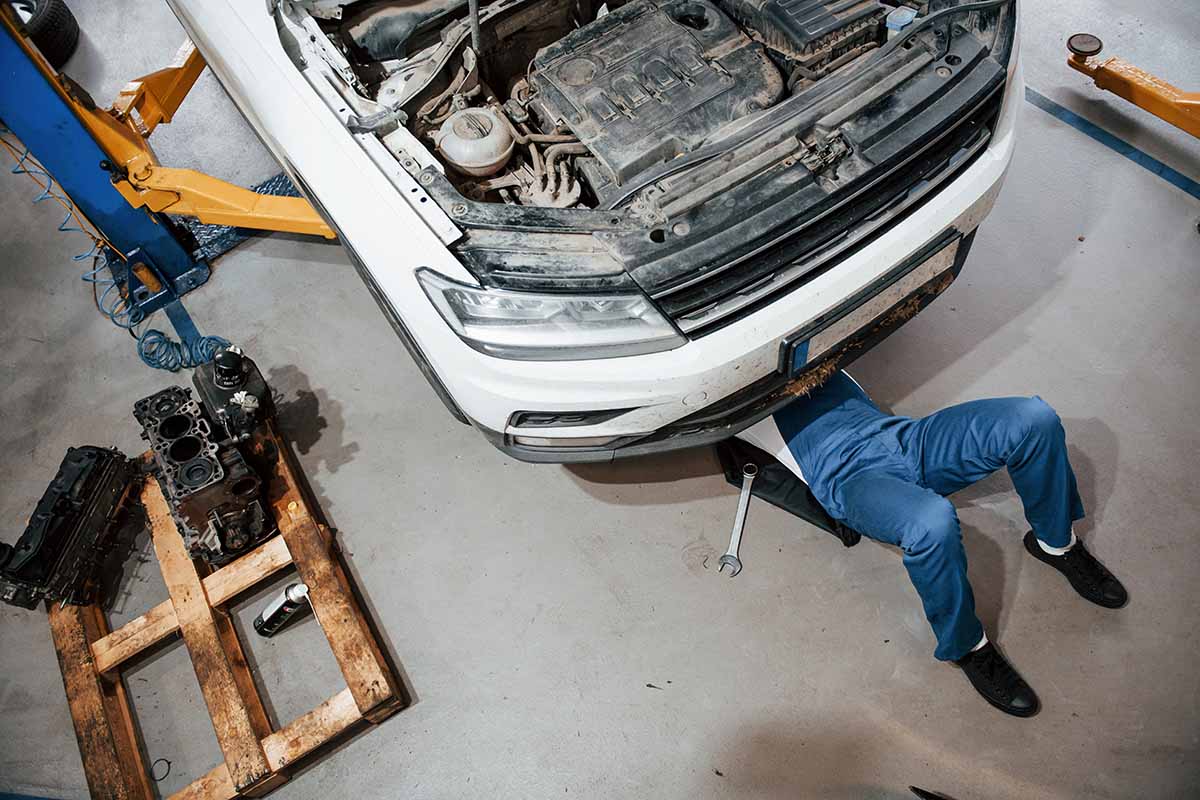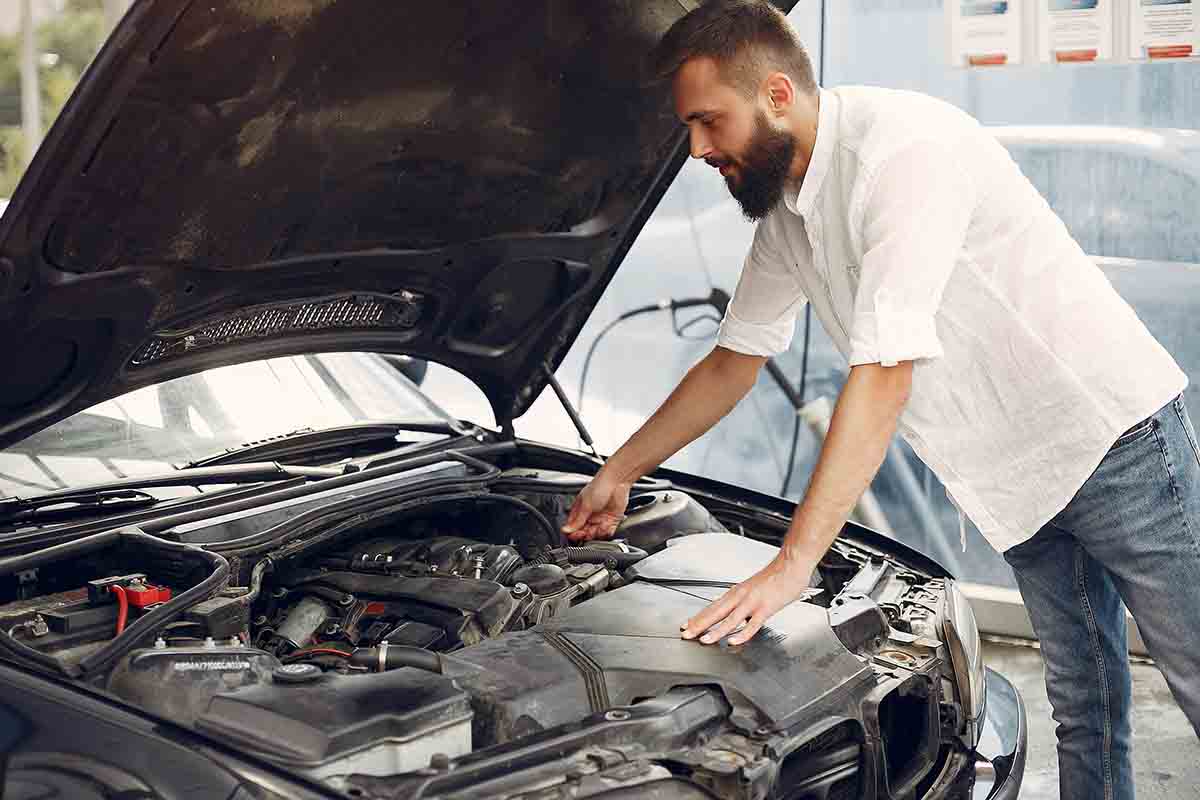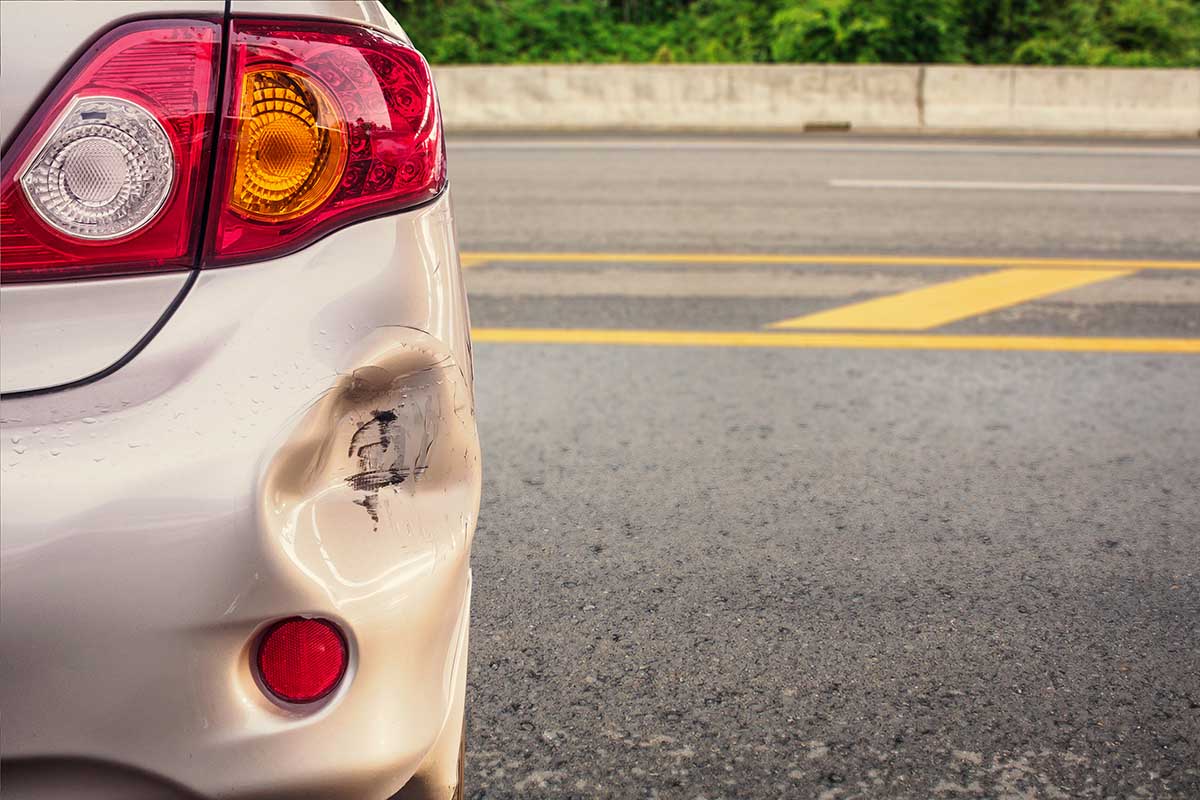How to Inspect a Used Car On Your Own
If you plan to buy a second-hand car, it might be too expensive to invite an independent mechanic to examine it. In this article, you will find a handy guide on how to check the vehicle’s condition yourself. When buying used cars in pawtucket ri, it would be ideal for inviting an independent mechanic to examine it. Yet if you want to economize a couple of hundreds of dollars, you can cope with the examination yourself.
Try to do it in the daylight and in the open — the artificial light inside the garage might conceal flaws. In this article, you will find a list of the parameters that you should pay attention to when checking the condition of a user’s means of transport.
Exterior
Inspect the surface to detect dents and scratches. If you suspect that the owner patched a dent with automotive primer or body filler, put a magnet close to it. The magnet would stick to metal and would fail to do so if there is a filler. Make sure that all body panels are of the same color. However, if they are not, this would be just a minor cosmetic flaw that can be fixed by this Campbell body shop.
Rust, on the contrary, should seriously alert you. It means that the vehicle was heavily exploited, and the owner took little care of it. You might need to change the corroded elements of the frame. To check whether there is rust inside the wheels, use a flashlight.
Open and close the trunk, the hood, and all the doors. If you notice gaps or panels are misaligned, the car was either sloppily repaired after an accident or poorly assembled at the factory. On the windows, tiny chips are acceptable. But in case there is a large crack on the glass, you might need to replace it — and you have a right to ask the owner for a discount for that.
To check the lights properly, you should invite a friend with you. They get into the driver’s seat and turn on the lights. You stand outside and watch whether the lights come on without blinking or delays. All the lights and reflectors should be clean and not cracked.
When examining the tires, compare their condition with the mileage of the vehicle. If the tires look worn out and the odometer shows minimal mileage, it means the latter might have been fine-tuned. All the tires should be worn out evenly. Uneven tread or extra wear might hint at problems with the frame, suspension or steering.
The means of transport should contain the following spare parts and tools:
- A spare wheel
- A lug wrench
- A proper jack
At the last stage of the exterior examination, walk around the auto and bounce each of its corners. If it keeps moving up and down, its shock absorbers are too old. In the norm, it should bounce just once.
How to inspect a used car: interior
Look attentively for the signs of wear and tear in the following places:
- The upholstery of all the seats
- Pedal rubber
- Headliner and roof trim
If you do not like the smell inside the salon, be ready to put up with it or find another vehicle. It is nearly impossible to eliminate the acrid odor that is typical of cars whose drivers smoke. You should also pay special attention to the mildewy or musty smell in the salon and the trunk. It hints at water leaks, so maybe doors or windows are ill-fitting. Please turn on the sound system and try to configure it in your usual way. Make sure the air conditioner quickly blows cold, and the heater is powerful enough.
Turn the ignition switch but do not start the engine yet. This step aims to check whether all the warning lights function properly — that is, come on for a couple of seconds and go out when you start the engine. The latter should start smoothly in case it is not too cold outside.
How to inspect a used car: under the vehicle
If you examine the car in the garage or in a parking lot where it normally stands, make sure there are no marks on the floor left by oil, gasoline, or transmission fluid. Drops of clear water in Summer should not worry you because they most likely come from the air conditioner.
Dents, damaged sections, and fresh undercoating of the floor pan are clear signs of past accidents. To notice them, you should spread a blanket on the ground and crawl beneath the car, if its height permits. Check the residue from the tailpipe. By default, it should be dark gray and dry. Black and grease smudge would be the result of burnt oil.
Under the Hood
If you discover dust and dirt under the hood, it is ok. Yet there should be no corrosion, oil stains or hoses, and wires hanging loose. Squeeze the hoses — they should be supple and firm. Check the color of diverse components. In a normal state, you should see the following:
- Radiator coolant — orange or greenish;
- Transmission fluid — pinkish and devoid of “burnt” smell;
- Engine oil — honey-colored, if recently changed, black or dark brown, if changed a while ago.
As for the battery, certain models feature an in-built indicator. Ideally, its light should be green. If it is black, the battery is almost dead, and if it is yellow, the battery is dying. Yet you should not rely too much on this color scheme because it reflects one cell’s condition only and not the whole battery. It is difficult to assess whether the battery will serve you for a long time if you lack profound technical knowledge.
How to inspect a used car: conclusion
Hopefully, this manual came in handy, and you will feel confident when examining a second-hand car before purchase. If you detect any flaws, you have a right to negotiate a discount with the owner. If any of the flaws requires immediate attention and financial investments, insist on a discount.
Do not worry if you lack funds for a worthy auto in good condition. In case no private seller offers you a discount and banks do not give you a loan, you can resort to a used car dealership with bad credit financing and get good value for money.




















